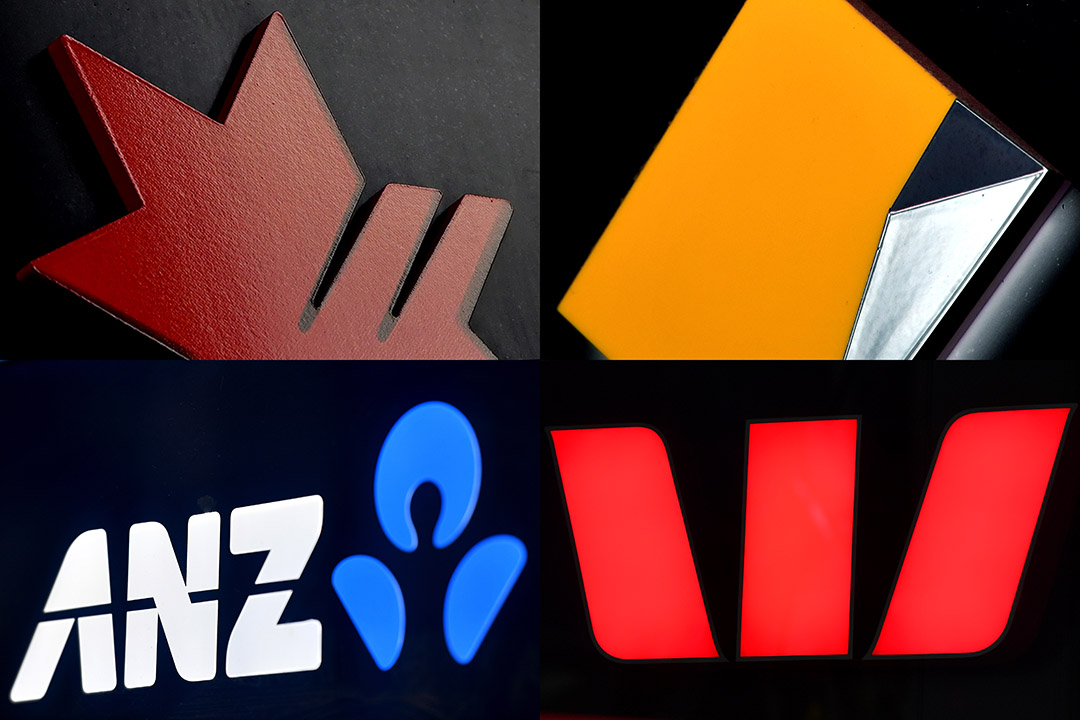

Last October, I posed the question: “can the major banks get back to $25?” At the time, each of the ANZ, NAB and Westpac was really struggling to crack the $20 mark, trading in the high teens. The $25 target was significant because that’s where the banks were at the end of 2019, pre pandemic.
I concluded: “Getting through $20? Yes, I can see this in the next few months provided Victoria comes out of its lock-down and there is no re-emergence in Australia of another Covid wave. Getting back to $25? Yes, I can see this by the end of 21/22. If the banks can grow revenue by 3% to 4%, hold total costs flat, and keep credit impairment expenses to a manageable level because the economy doesn’t tank any further, this will bring cash earnings back to pre-Covid-19 levels. This will substantiate share prices over $25.”
How things change. Victoria came out of lock down, Covid is under control, the economy hasn’t tanked and banks have largely held costs flat. They haven’t grown revenue, but have benefitted from material writebacks of provisions for Covid losses. In fact, both Westpac and ANZ have just reported “negative” bad debts.
A year ahead of my schedule, each is now trading in the high twenties. Forget technology and growth stocks, banks have been the star performers in the post Covid market recovery. From a low of $14.15 where it undertook a highly dilutive capital raising of $4.25bn, NAB has almost doubled in price, closing yesterday at $27.37. Westpac and ANZ have fared similarly.
While the obvious questions are whether the banks can go higher and is $30 on the cards, the last 14 months in the stock market highlights just how wrong the “herd” or “collective market” can be. Just as many investors shunned the NAB offer at $14.15 per share, others are now clambering to buy at $27.37. Beware the herd.
Back to the questions. This week, ANZ and Westpac reported first half profit results. ANZ’s cash profit for the half year was $3.0bn, Westpac’s was $3.5bn. Excluding large and notable items, both generated $3.8bn in profit.
What do these results say about the outlook for future profits and returns to shareholders?
On the positive side:
With Covid-19 seemingly out of the way, the main negative remains the inability of the banks to grow revenue. Despite the small increase in home loan books, balance sheet assets continued to shrink. With business and corporate loans in decline, ANZ’s net loans and advances fell by $3bn to $614bn. Westpac’s also declined, with gross loans falling by $4bn to $695bn. Having exited wealth management, offshore banking and anything remotely exotic, the Australian commercial banks are now largely Australasian retail and commercial banks. Without loan growth, it is almost impossible to grow revenue.
For income investors, ANZ shareholders can look forward to a full year dividend of around 140c per share. Based on Wednesday’s closing price of $27.90, this places ANZ on a prospective fully franked dividend yield of 5.0%. Westpac shareholders can bank on receiving at least 125c in dividends, a fully franked yield of 4.8%.
The prospect of high, reasonably reliable, and low risk dividends should help to put a floor under bank share prices. And barring another Covid outbreak, the positive drivers for banks (stronger economic growth, stability in the net interest margin, opportunity to digitise and meaningfully take out costs, strong capital ratios) outweigh their inability to deliver business growth. My sense is that while the best days for capital growth in bank share prices are behind, a drift up to the $30s is possible provided the bull market maintains its upward trajectory.
My preferred picks remain the “best” and the “worst”, Commonwealth Bank and Westpac respectively.